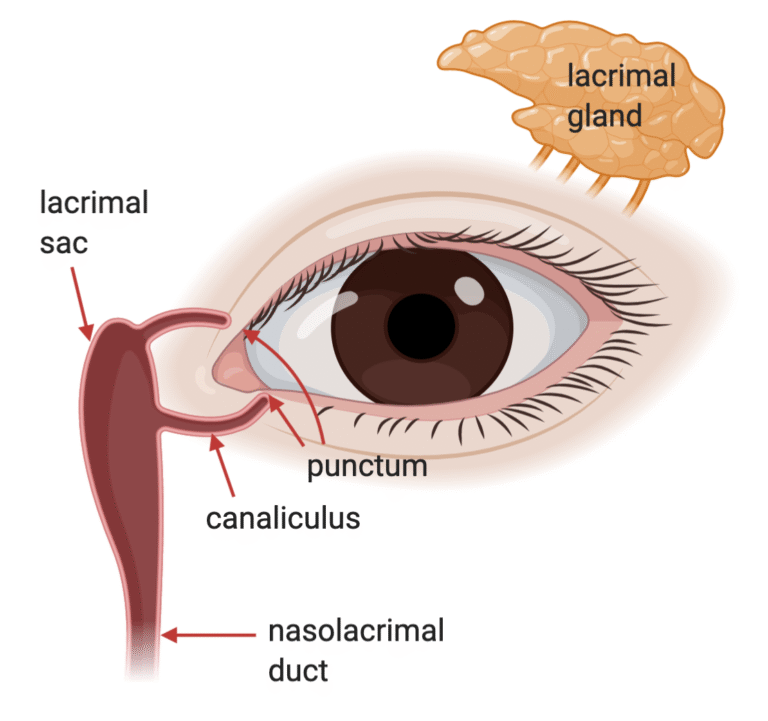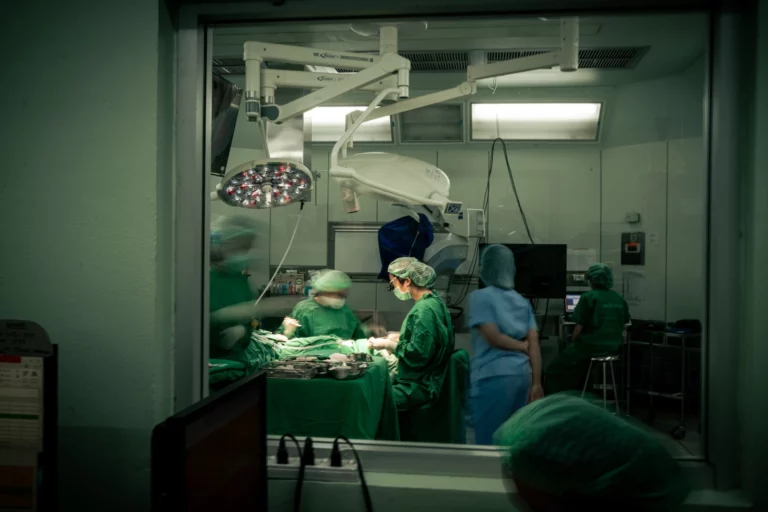What is Eyelid Skin Cancer?
Skin cancer is the most common type of cancer, and the eyelids are a frequent site because the skin here is thin and exposed to the sun. The most common types include:
- Basal cell carcinoma – the most common, slow-growing, usually does not spread.
- Squamous cell carcinoma – slightly more aggressive, may spread if untreated.
- Sebaceous carcinoma – rare but more serious and potentially aggressive.
- Melanoma – uncommon but can be life-threatening if not detected early.
Warning Signs
- A bump or lump on the eyelid that does not go away
- A sore that does not heal or keeps coming back
- Thickened, crusted, or bleeding skin
- Loss of eyelashes in one area
- Changes in the shape or position of the eyelid
If you notice these, see your doctor promptly. A biopsy (removing a small piece of tissue) may be done to confirm the diagnosis.
Treatment
The main treatment is surgical removal of the cancer.
Two common methods are:
- Excision – removing the tumor with a margin of healthy tissue.
- Mohs surgery – removing the tumor layer by layer, checked under a microscope during surgery, allowing precise removal while saving healthy tissue.
After removal, an oculoplastic surgeon will reconstruct the eyelid to protect the eye, restore eyelid function, and achieve the best cosmetic result. This may involve simple stitches, skin flaps, or grafts depending on the size and location of the tumor.
Risks and Follow-Up
Like any surgery, risks include swelling, bruising, infection, bleeding, or changes in eyelid shape.
Regular follow-up is important to ensure the cancer has not returned. Most eyelid cancers, if detected early, can be treated successfully.
Key Takeaway
Eyelid skin cancer is common but treatable. Early detection and expert surgical care are essential to protect your vision, restore comfort, and maintain appearance.




